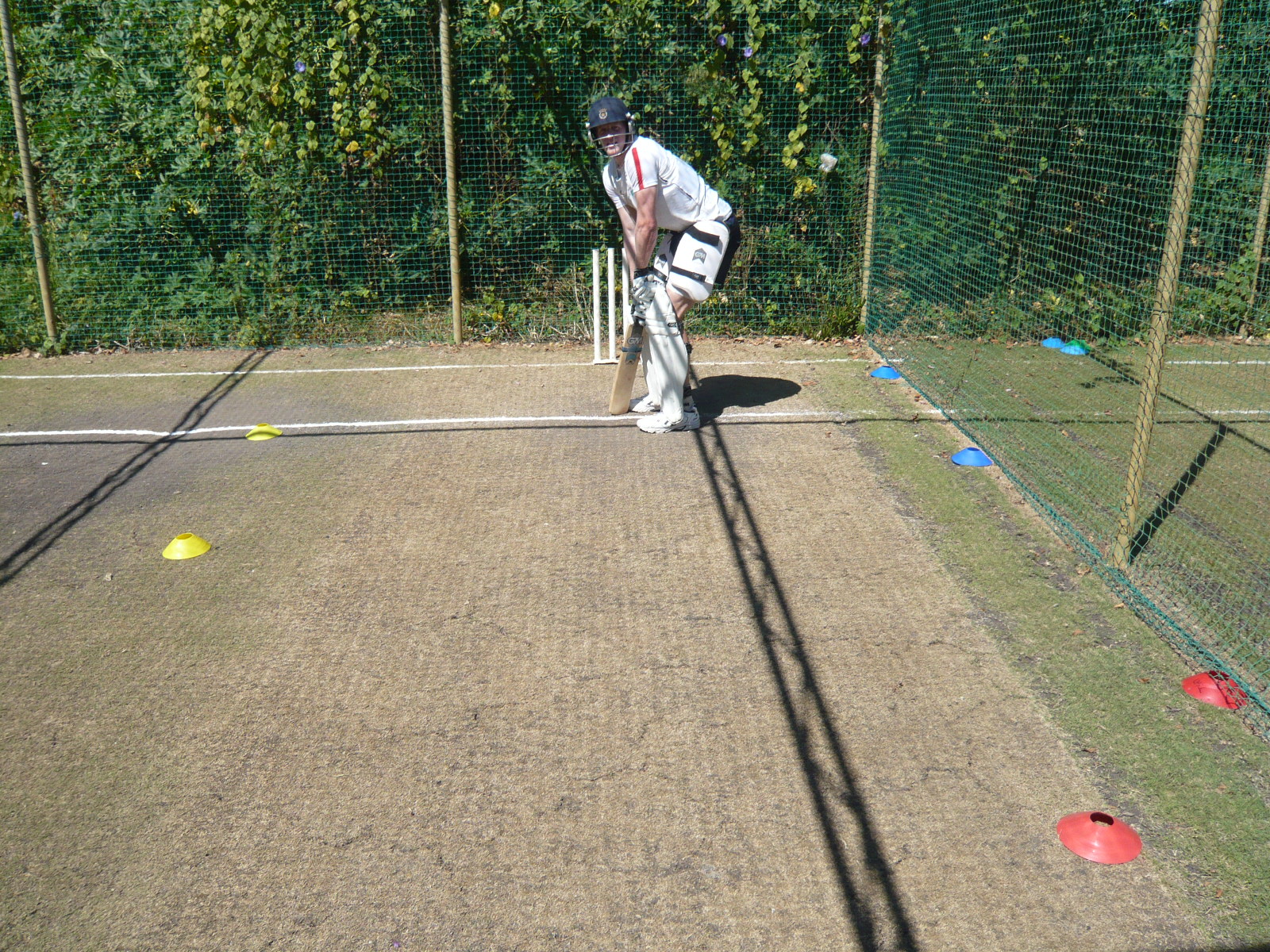|
 This is a guest article from Iain Brunnschweiler, former professional player and a coach at Hampshire and England’s Development Programme. This is a guest article from Iain Brunnschweiler, former professional player and a coach at Hampshire and England’s Development Programme.
How many times are you involved in a session which is just 'a hit in the nets', or 'taking a few high catches?
That is just not good enough. And I have found that players can transfer skills much more easily into match situations, if they are really specific in a training environment.
I think that it is vital that you ask yourself very honestly "What am I looking to get out of this session?" If you do not already have a good answer to this, (other than those mentioned in the first paragraph!), then I suggest that you actually stop and think before you start the training.
A couple of examples of this are below;
Running in Nets
In the nets, rather than just hitting balls, the batters can look to develop their ability to take low risk singles, in a one-day match scenario.
Gaps for singles are signified by two markers of the same colour, once the bowlers have set their field. The session works best if you have bowlers of a similar fashion bowling together, so that there are similar and realistic gaps for the batsmen.

This could be, for example, a gap for a ball hit between backward point and straight cover, a gap between wide mid-on and square leg, as well as gaps at third man and fine leg - the sort of gaps which may be present in a standard one day field.
Having two batters playing together adds even more value to this session, as they can call properly, and run properly between the wickets.
In this way, the batters have specific targets they are working towards, which are realistic in a one-day scenario, as well as having the same sort of physical load they could expect when batting in a match.
Even if this was the only change you made to net practice, I guarantee that if you do it properly you will quickly see a positive effect upon your batters abilities to rotate the strike.
Boundary rope awareness
One of my favourite practices, and always a great hit with players of every age, is doing some boundary rope awareness catching.
Now this might sound confusing, but it is a very simple and highly effective training drill, which can have a hugely positive effect upon taking important catches close to the rope.
In order to do this properly, you need to have either a rope laid out, or a chalk line on the floor to signify the boundary. Failing that, you can use markers of some sort, as long as it is very obvious where the boundary line is.
Get someone to stand a similar distance away from the rope as the striking batsmen would be in a game, and then split the catchers into two groups, about 30m apart.
Hit a high catch right in the middle of the two catchers (at the front of each queue), preferably one which would just go for six if not touched. The two players both have to run towards the ball, communicate who is going to attempt to make the catch, and then try to catch it! Two thing will happen, firstly the player taking the catch will have to be aware of the boundary so that they can get set appropriately. Secondly, you will hopefully have the odd occasion when the primary catcher takes the catch, but is heading over the rope, and has to chuck it back in for their partner to try and catch!

This is great fun and is brilliant for the communication and awareness of both players. Once players are good at this skill, simply taking a straightforward catch on the boundary becomes a thing of ease.
So, to summarise, there are many, many ways you can make training specific, with batting, bowling, fielding and wicket-keeping drills. If you really think about the areas that either you, or your players need to work on, then you will be able to get much better, much more quickly, if you train specifics. Give it a go!
For loads more training ideas, have a look at The Inspired Cricket Manual, available as an instant download eBook here.
Discuss this article with other subscribers
|

.jpg)




.jpg)


